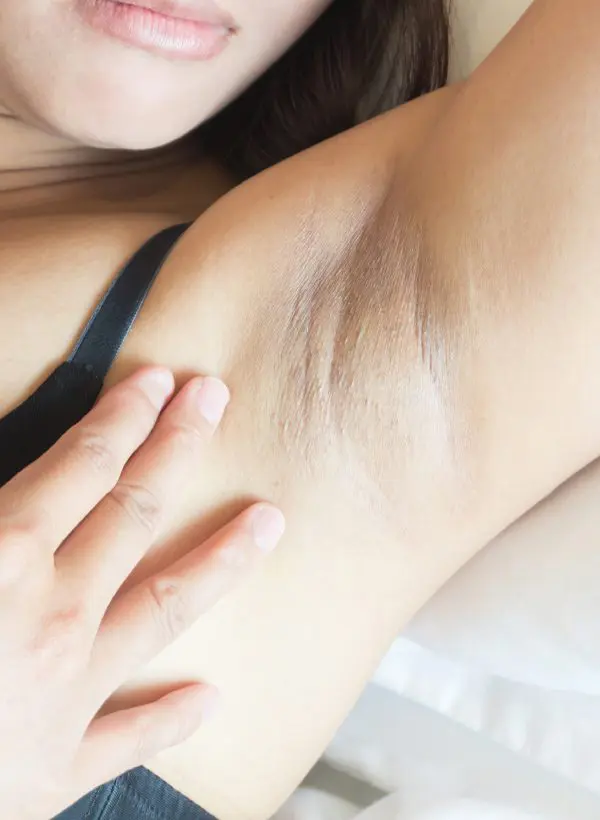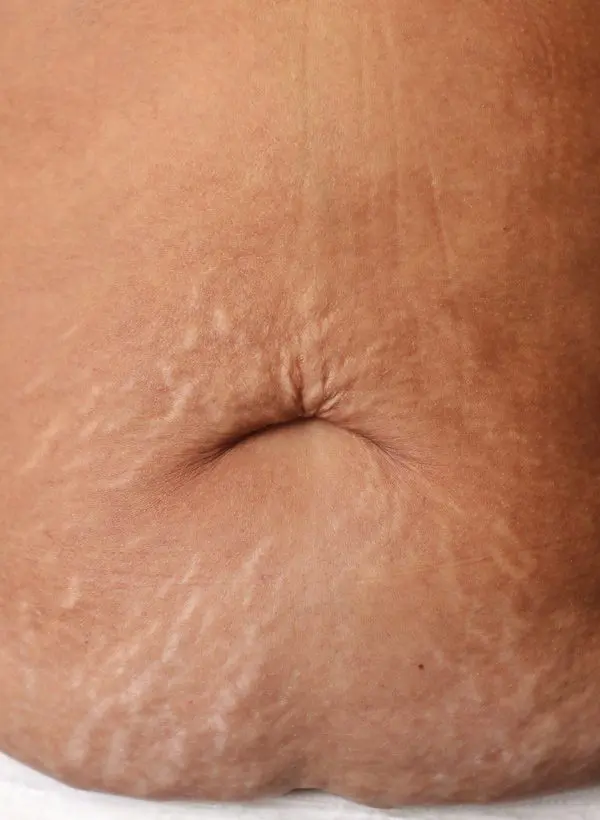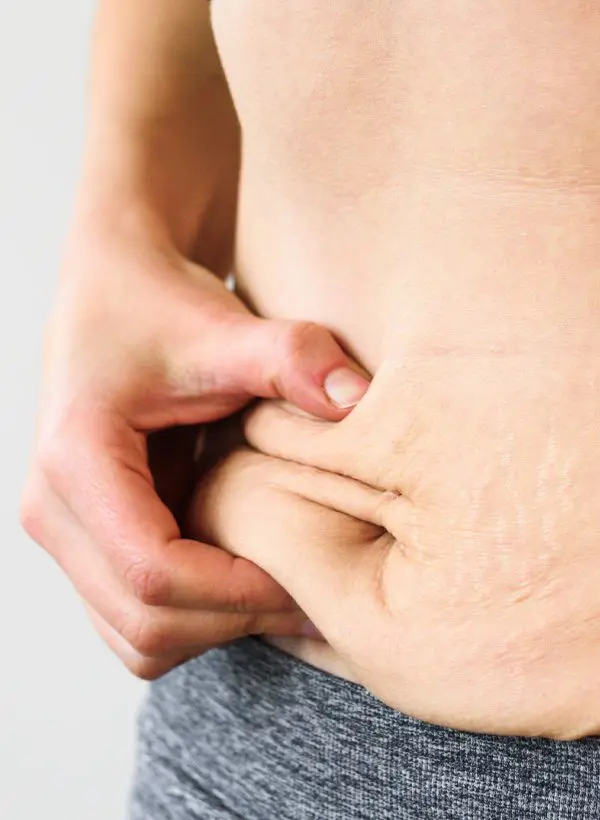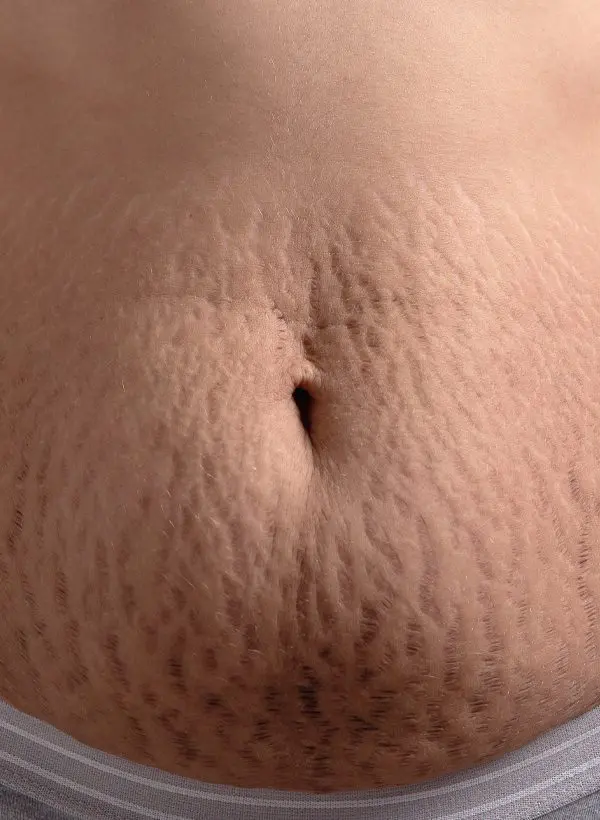Conditions — Body
Protruding Abdomen
Rectus Diastasis / protruding abdomen is a medical condition that is seen in both men and women, usually due to pregnancy or obesity. It is a condition in which the abdominal muscles have separated and a gap is seen between the right and left sides of the abdomen. This gap can be seen when the person lies down and the abdominal muscles are not contracted. The condition can cause a variety of symptoms, including pain, discomfort, and even hernias. It can also lead to a decrease in abdominal strength and stability. Treatment for rectus diastasis includes exercise, physical therapy, and in some cases, surgery. It is important to seek medical attention if you are experiencing any symptoms associated with rectus diastasis, as it can be a sign of an underlying condition. With the proper treatment, rectus diastasis can be managed and the symptoms can be reduced.
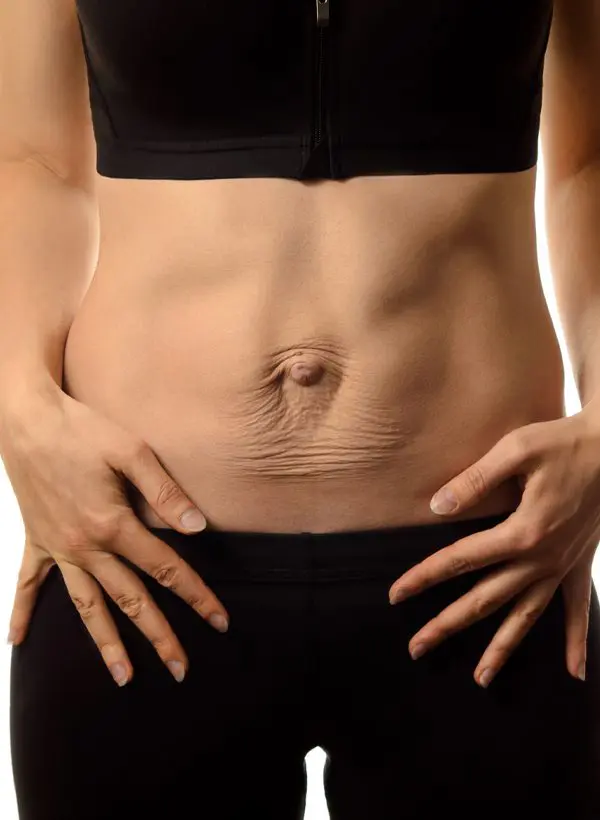
Rectus diastasis/ protruding abdomen is a condition that results in the separation of the abdominal muscles, causing a gap between the right and left sides of the abdomen.
This condition can be caused by pregnancy, obesity, or other factors. It can cause a variety of symptoms, including pain, discomfort, and hernias. Fortunately, there are various treatments available for rectus diastasis, including plastic surgery.
The primary goal of plastic surgery for rectus diastasis is to repair the abdominal muscles and close the gap between the two sides. This is typically done through a tummy tuck surgery in Dubai, where the excess skin and fat in the abdominal area are removed and the muscles are tightened and reattached. This can be done in conjunction with liposuction, if necessary, to remove extra fat and improve the overall appearance of the abdomen.
Plastic surgery for rectus diastasis is usually recommended for people who have significant separation of the abdominal muscles, as well as those who have severe hernias or have experienced significant weight gain or loss. It is also recommended for patients who have not been able to improve their condition with diet and exercise alone.
There are several potential risks associated with plastic surgery for rectus diastasis, including bleeding, infection, and nerve damage. Additionally, the results of the procedure can vary from patient to patient, so it is important to discuss the procedure and its potential outcomes with your doctor before undergoing the surgery.
The recovery from a tummy tuck can take several weeks, and it is important to follow your doctor’s instructions during this time. Generally, patients are advised to stay home from work and school for at least two weeks after the surgery, and to avoid strenuous activities for several weeks. Additionally, patients should avoid smoking and drinking alcohol during this time, as these can affect the healing process.
Overall, plastic surgery in Dubai can be a safe and effective treatment for rectus diastasis. While there are potential risks associated with the procedure, these can be minimised by following your doctor’s instructions and being aware of the potential complications. If you have severe abdominal separation and are considering plastic surgery, talk to your doctor to determine if it is the right option for you.
News & Resources

Breast Reduction Surgery: Benefits, Risks, and Recovery
Breast Reduction Breast Reduction Surgery: Benefits, Risks, and Recovery Lighter, Firmer, Confident – The Transformation You Deserve! The weight carried, both literally and figuratively, when breasts are disproportionately large can significantly impact daily life, from physical discomfort to emotional strain. It’s a deeply personal experience, and considering surgical intervention is

Common Problems After Breast Reduction Surgery and How to Avoid Them
Breast Reduction Common Problems After Breast Reduction Surgery and How to Avoid Them Breast reduction surgery, or reduction mammoplasty, is a cosmetic technique that reduces the size of a person’s breasts, chest, or nipples. In general, the advantages outweigh the hazards, which are both low and uncommon. Still, it’s critical

Sagging Skin & Jowls: How Facelift Surgery Can Restore a Defined Jawline?
FaceLift Sagging Skin & Jowls: How Facelift Surgery Can Restore a Defined Jawline? As we age, the skin naturally loses some of its strength and elasticity, causing changes in our overall appearance. One of the most prominent effects of this process is the gradual sagging of skin, particularly around the
